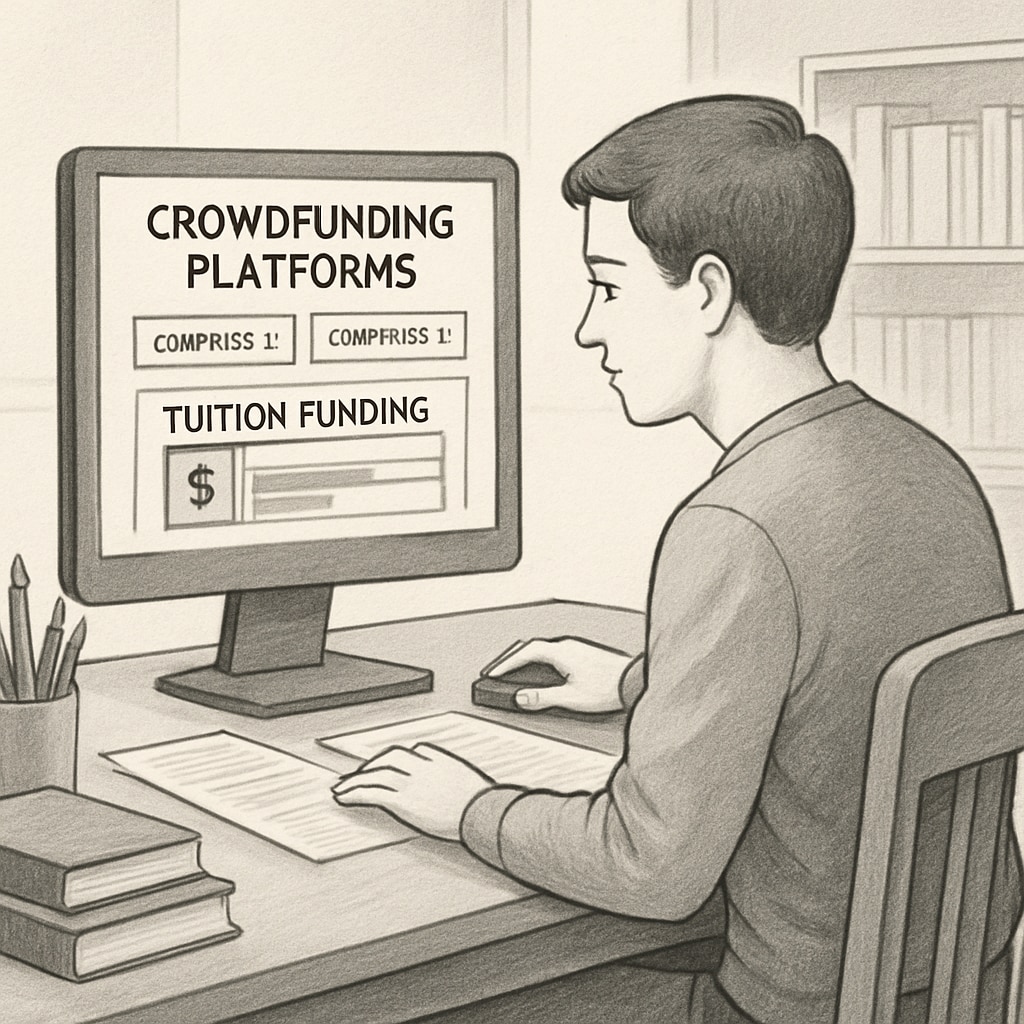The rising tuition costs have forced many students to face a “tuition crisis,” seeking financial aid or even turning to crowdfunding platforms to complete their education. This is particularly evident among college students who, despite their academic potential, struggle to fund their final semesters. Addressing this challenge starts much earlier—by cultivating financial literacy and planning during the K12 education phase. In this article, we explore how proactive measures in financial education, robust community support, and comprehensive aid systems can prevent such struggles.

Building Financial Awareness from K12
Financial literacy (the ability to understand and manage personal finances) is a critical skill that many students lack when they enter higher education. By introducing financial education programs during the K12 phase, schools can equip students with tools to understand budgeting, saving, and long-term planning. For example, students who learn the concepts of compound interest and debt management are better prepared to handle student loans responsibly.
Moreover, parents can play a pivotal role by involving children in conversations about household budgeting and the costs of education. Transparent discussions about college expenses, scholarships, and alternative funding options can help families anticipate future financial needs.
- Implementing mandatory financial literacy courses in high schools.
- Encouraging savings accounts for educational purposes during adolescence.
- Providing tools for families to calculate and plan future education costs.
Community Support Networks for Education
The role of community networks in preventing tuition crises cannot be understated. Local organizations, alumni groups, and non-profits can offer scholarships, mentorship programs, or even direct financial assistance to students in need. Crowdfunding, while a valuable short-term solution, often highlights the lack of systemic support. Instead of relying solely on individual donors, communities can create structured educational funds that benefit multiple students.
For example, some communities have established local scholarship funds tied to high school achievements or family income levels. These programs not only alleviate immediate financial pressure but also foster a culture of mutual support for education.
- Creating community-driven scholarship programs.
- Encouraging alumni donations for future student aid.
- Developing mentorship networks to guide students in finding financial resources.

Reforming Financial Aid Systems
While personal financial literacy and community efforts are significant, systemic changes in financial aid programs are essential for long-term solutions. Governments and institutions must simplify the student aid process, increase funding for grants, and ensure transparency in tuition pricing. Many students struggle not only due to lack of funds but also because of confusing application processes or inadequate information about available options.
Some universities have begun implementing “income-share agreements,” where students repay tuition costs as a percentage of their future income, reducing the immediate financial burden. Additionally, expanding federal and state aid programs can help address disparities in access to higher education funding.
- Streamlining student aid application processes.
- Increasing federal and state grants for low-income families.
- Exploring innovative funding models like income-share agreements.
In conclusion, the tuition crisis, financial aid, and reliance on crowdfunding reflect broader systemic challenges in education funding. By fostering financial literacy from the K12 stage, leveraging community support networks, and reforming financial aid systems, we can create sustainable pathways to higher education. Proactive planning and collaborative efforts are critical to ensuring students can focus on their academic achievements without the shadow of financial struggles.
Readability guidance: This article uses concise paragraphs, lists for clarity, and ensures smooth transitions. The content avoids heavy academic jargon while maintaining a professional tone.


